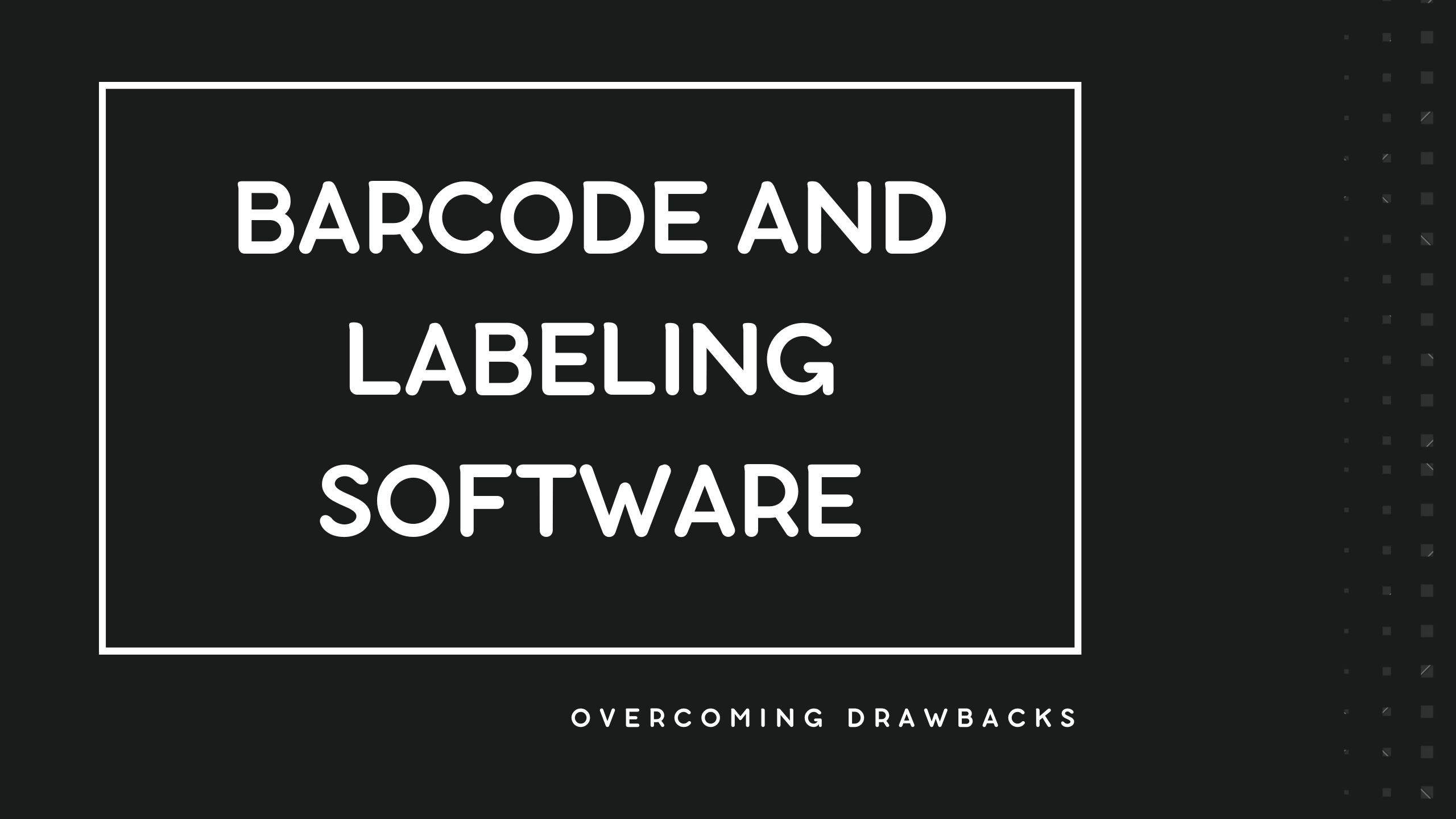
Introductions:
Barcode and labeling software have become pivotal in modern business, revolutionizing inventory management and operational efficiency. Despite their numerous advantages, these technologies have drawbacks. This discussion will delve deeper into the limitations of barcode and labeling software and propose comprehensive strategies to overcome these challenges. By addressing these issues head-on, businesses can optimize their processes and enhance overall performance.
Drawbacks of Barcode and Labeling Software:
Limited Data Capacity:
Traditional barcodes, while effective, often have a restricted data capacity. This limitation can pose challenges when businesses need to encode a substantial amount of information. Transitioning to 2D barcodes like QR codes is a viable solution. These codes offer increased storage capacity, allowing for the inclusion of additional details like batch numbers, expiration dates, and specific product specifications.
Dependency on Scanning Devices:
Barcode systems rely heavily on scanning devices; any malfunction or connectivity issue can disrupt operations. To mitigate this challenge, businesses should implement backup scanning devices. Regular maintenance and updates to equipment are crucial. Additionally, mobile device integration can provide an alternative scanning means, reducing the impact of hardware failures.
Cost of Implementation:
The initial setup costs associated with barcode and labeling software can be a deterrent, particularly for small businesses with limited resources. However, the long-term benefits of increased accuracy, reduced errors, and improved efficiency often justify the upfront expenses. To make the implementation more cost-effective, businesses can explore cloud-based solutions and carefully assess the return on investment.
Compatibility Issues:
Incompatibility with existing software and systems can hinder the seamless integration of barcode solutions. To address this challenge, businesses should prioritize barcode and labeling software that offers Application Programming Interface (API) integration. Alternatively, choosing solutions that can be customized to align with existing business processes and software infrastructure ensures a smoother integration process.
Human Error in Labeling:
Despite automation, errors in labeling can still occur due to manual data entry or misprints. To minimize these errors, businesses can implement validation checks within the software. Automated printing processes should be used wherever possible to reduce reliance on manual inputs. Regular audits should be conducted to identify and rectify labeling errors, ensuring data accuracy promptly.
Security Concerns:
If adequately secured, barcodes can be protected from counterfeiting and unauthorized access. Businesses should implement encryption for sensitive data within the barcodes to address security concerns. Secure printing techniques, such as anti-counterfeiting measures, can be employed to prevent fraudulent activities. Regular updates to security protocols are essential to protect against emerging threats and vulnerabilities.
Comprehensive Strategies to Overcome Drawbacks:
Evaluate and Choose the Right Barcode Technology:
Before implementation, businesses should carefully evaluate their data encoding requirements. Choosing the right barcode technology, such as 2D barcodes for higher data capacity or specialized barcodes for unique needs, ensures that the selected system aligns with the business’s objectives.
Invest in Robust Scanning Infrastructure:
To address dependency on scanning devices, businesses should invest in a robust and diversified scanning infrastructure. This includes high-quality scanners, backup devices, and mobile device integration where applicable. Regular maintenance schedules and updates should be established to prevent unexpected disruptions.
Conduct a Cost-Benefit Analysis:
The initial cost of implementing barcode and labeling software can be a significant investment. Conducting a thorough cost-benefit analysis helps businesses understand the long-term value and return on investment. This analysis should consider increased efficiency, error reduction, and overall process optimization.
Prioritize Integration Capabilities:
When selecting barcode and labeling software, prioritize solutions with strong integration capabilities. Look for software that seamlessly integrates existing systems through APIs or customizable features. This ensures that the new technology can complement and enhance existing workflows.
Implement Automation and Validation Processes:
To mitigate human errors in labeling, businesses should focus on automation and validation processes. Implement automated data entry wherever possible and establish validation checks within the software. Regularly review and update these processes to maintain accuracy and efficiency.
Enhance Security Measures:
Addressing security concerns involves implementing robust measures to safeguard barcode data. Encryption should be applied to sensitive information within the barcodes. Secure printing techniques, such as holographic elements or unique identifiers, can add an extra layer of protection. Regularly update security protocols to stay ahead of potential threats.
You can check as per your business requirement based on experts opinion, reviews, comparisons etc. Component Price will helps to find best.
Conclusion:
Barcode and labeling software have transformed how businesses manage inventory and streamline operations. While acknowledging the drawbacks associated with these technologies, proactive strategies can effectively overcome these challenges. By embracing innovative solutions, conducting thorough assessments, and implementing best practices, businesses can optimize their barcode and labeling systems, ensuring a reliable and efficient foundation for their operations.










